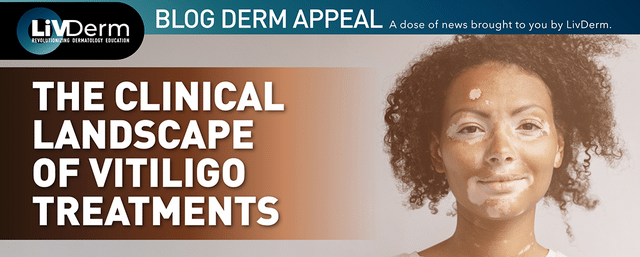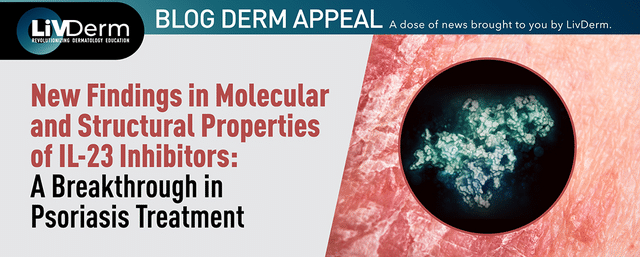Most experts and clinicians consider noninvasive body contouring to be the most rapidly growing area of cosmetic dermatology. Through the uses of specific technologies to optimize the definition, smoothness, and shape of the human body—in a both safe and effective manner—there are currently 4 leading modalities utilized for noninvasive body contouring: cryolipolysis, radio frequency (RF), high-intensity focused ultrasound (HIFU), and laser therapy. These modalities are designed to reduce subcutaneous fat tissue and improve skin laxity; dermatologists and clinicians utilizing body contouring treatments must familiarize themselves with the available devices, in order to determine which treatment is appropriate for each patient.
Previously, body contouring primarily involved invasive procedures (i.e. liposuction): many of which are associated with various adverse effects, steep financial costs, and lengthy recovery times. More recently, a growing demand for safer and less painful procedures for adipose tissue reduction and skin tightening have led to the development of several novel modalities for noninvasive body contouring. While the results achieved through new technologies are both less immediate and dramatic than more invasive techniques, they do not carry the risks and adverse effects associated with surgical procedures—and therefore increasingly requested by cosmetic patients.
Cryolipolysis is a noninvasive body contouring treatment used to reduce fat cell volume, primarily through the mechanism of freezing. The method involves controlled application of cooling within the temperature range of +5 to -11 °C for localized reduction of fat deposits, intending to reshape the contours of the body. Conversely, the body contouring applications of radio frequency (RF) treatments are based upon the premise of the stimulating power of thermal heat energy. RF thermal stimulation is believed to produce a microinflammatory process that promotes the growth of new collagen (the protein responsible for keeping skin youthfully smooth, firm, and supple), and causes the skin to contract: temporarily smoothing, tightening, and firming the surface of the skin.
High-intensity focused ultrasound, already in use for nearly half a century for the noninvasive treatment of tumors, has only recently been evaluated as a method for the selective ablation of adipose tissue. HIFU works by focusing high-intensity ultrasonic waves at the level of the subcutaneous adipose tissue, causing focal coagulative necrosis with contraction and thickening of adjacent collagen bundles while sparing the overlying tissue. Several studies reveal the safety and efficacy of HIFU for fat reduction in the abdomen and flanks, and demonstrate a consistent reduction in the abdominal circumference of at least 2 cm after a single treatment.
Lastly, low-level laser therapy (LLLT) operates through the emission of low light levels; the light helps stimulate fat cells, which makes them open and collapse, and the body releases the excess fat as waste—which ultimately accelerates fat loss. Additionally, LLLT increases cellular metabolism: since the laser targets the cells, the blood cells are stimulated, and thus increase the oxygen and nutrient load in red blood cells. Because the body’s blood cells transmit oxygen and nutrients at faster levels, this enhances cellular metabolism, which results in long-term fat loss since the blood cells transmit throughout the body.
Because the field of noninvasive body contouring continues to grow in popularity, efficacy, and safety, dermatologists offering body contouring treatments must be intimately familiar with the available devices, and determine which treatment is appropriate for each patient in order to provide the highest quality care. Most importantly, patients and physicians must discuss individual goals when choosing a body-contouring method in order to maximize patient satisfaction.
SOURCES
Chilukuri S, Mueller G. “Hands-free” noninvasive body contouring devices: review of effectiveness and patient satisfaction. J Drugs Dermatol. 2016;15:1402-1406.
Fabi SG. Noninvasive skin tightening: focus on new ultrasound techniques. Clin Cosmet Investig Dermatol. 2015;8:47-52.
Jalian HR, Avram MM. Body contouring: the skinny on noninvasive fat removal. Semin Cutan Med Surg. 2012;31:121-125.
Kennedy J, Verne S, Griffith R, et al. Non-invasive subcutaneous fat reduction: a review. J Eur Acad Dermatol Venereol. 2015;29:1679-1688.
https://www.dovepress.com/high-intensity-focused-ultrasound-for-noninvasive-body-contouring-curr-peer-reviewed-article-RRFU
https://www.ncbi.nlm.nih.gov/pubmed/20014253
















